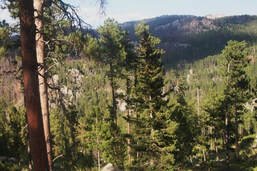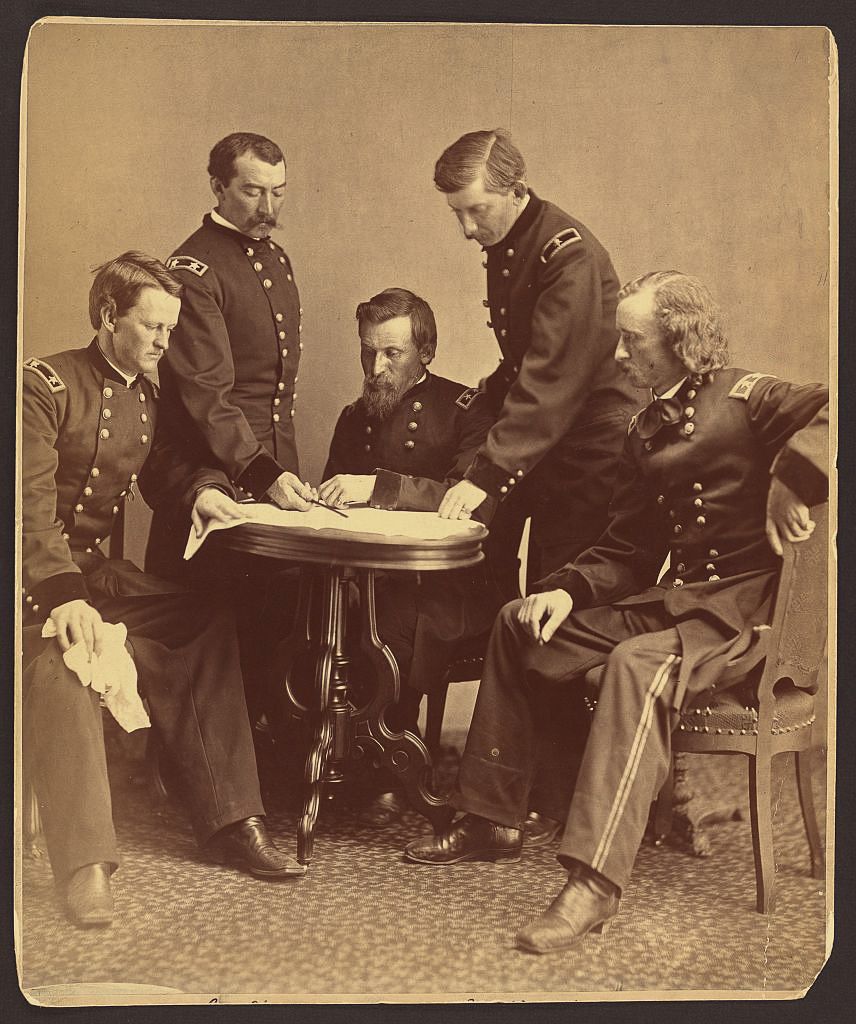Ulysses S. Grant figured out a way to force a Lakota revolt—that required government retaliation—to gain control of the Paha Sapa and the gold she held. Grant believed that without the influence of major chiefs living on unceded land, the reservation chiefs, those bands living off the dole, would agree to sell the Black Hills–Paha Sapa to the United States. His solution: Force the Lakota into an untenable position aimed at making them appear to be the aggressor in an inventible conflict with the army. The result would be to place the hills under governmental control and require all Lakota people to live on reservations.  North Dakota State Historical Society North Dakota State Historical Society To that end, on December 3, 1875, Grant, supported by his cabal, sent messengers to inform the chiefs living on unceded land that they had until January 31 to report to their designated reservations or be considered hostile to the United States. The fact of the matter was that the weather resulted in the inability of the messengers to locate all the bands, and the impossibility of those that were notified to move their camps in the middle of the winter when the snow was deep and the weather was deadly.  Generals Wesley Merrit, Phillip Sheridan, George Crook, James William Forsyth, and George Arrmstrong Custer examine a document (Smithsonian.com article by Peter Cozzens, November 2016) Generals Wesley Merrit, Phillip Sheridan, George Crook, James William Forsyth, and George Arrmstrong Custer examine a document (Smithsonian.com article by Peter Cozzens, November 2016) As intended, Lt. Gen. Philip Sheridan, Chief of Army Operations in the West and part of Grant’s conspiracy, ordered General George Crook, also part of the cabal, to lead a campaign designed to enforce the proclamation considering the Indians as hostiles, and eliminate them or move them to the reservations. On May 29, 1876, Crook camped along Rosebud Creek in anticipation of meeting up with General Alfred Terry, Colonel John Gibbon, and Lt. Gen. George Armstrong Custer with the intent of eliminating a large gathering of Sioux, Arapaho, and Northern Cheyenne in the vicinity. General Crook’s command faced an attack by a war party led by Crazy Horse, and a fierce battle commenced long the Rosebud. The two combatants fought for over six hours when the Lakota and Cheyenne called off the fight and left the field of battle. Although Crook claimed victory, it was at best a draw when both camps quit the fight. The damage done to General Crook’s command caused him to withdraw to his base camp on Goose Creek, Wyoming. The measure of the damage done to his command was evident when he did not join the other columns for the Battle of the Greasy Grass—Little Big Horn, eight days later. Many believe the outcome of the Little Big Horn battle may have been much different if General Crook had been able to complete the battle plan. To learn more about Swanson's books, click here. To learn more about the author, Dale A. Swanson, click here. To order a signed copy of one of Swanson’s books click here.
0 Comments
Leave a Reply. |
AuthorAt seventy-nine, I’m at the beginning of a new chapter in a life filled with blessings from above, adventure, love of family, and kinships reaching into the heavens and to God himself. —AND— I love to tell a story. Archives
May 2021
Categories |
|
 RSS Feed
RSS Feed
